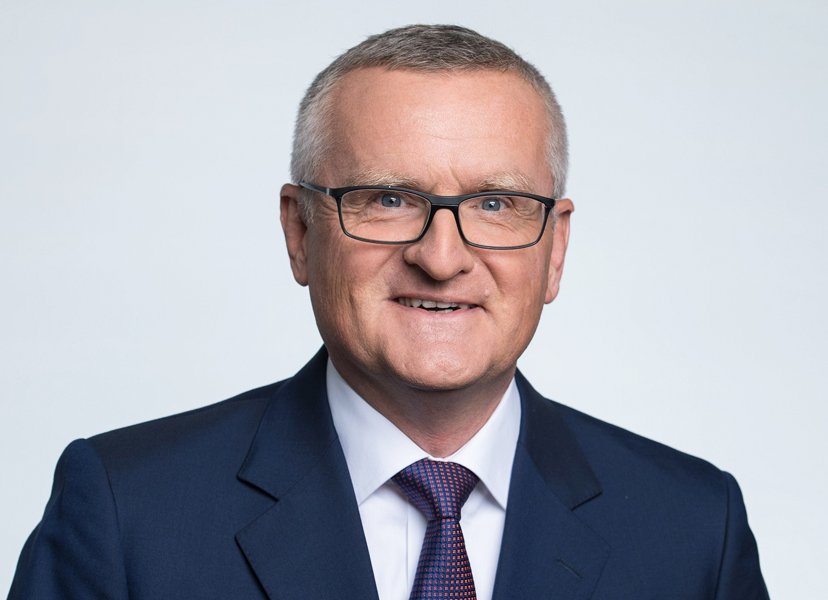The Chief Technology Officer of the Freudenberg Group is driving the cause of hydrogen within the Group. Here he talks about the importance of hydrogen, its challenges and Freudenberg’s contribution.

Dr. Tilman Krauch , Chief Technology Officer of the Freudenberg Group
How important is hydrogen for the energy transition?
Hydrogen is playing an important role in the transformation to climate neutrality. It can make a long-term contribution to a reduction of the world’s CO2 footprint. It spans different sectors, for example, as an energy carrier for electric power, heating and mobility, along with the steel and chemical industries. Fuel cells are also a key technology. They transform hydrogen and air into electric current, heat and water.
What are the challenges?
An infrastructure for the hydrogen economy and transportation has to be built up as a whole. The development of the technology and the ramp-up of production has to go hand-in-hand over the next few years. We will need large quantities of reliably available, renewable energy at competitive prices. Freudenberg is addressing the new challenges facing the hydrogen economy strategically and systematically.
To be more precise, we have been investing in the development and production of technologies used in components for fuel cells and related systems.
What is Freudenberg’s contribution?
As a global technology company and supplier, the Freudenberg Group is an enabler of key technologies. We have seven Business Groups, along with Freudenberg Technology Innovation, in operation. To be more precise, we have been investing in the development and production of technologies used in components for fuel cells and related systems. This includes filters for the long-term protection of catalytic converters, humidifiers to prevent fuel cell membranes from drying out, and seals for the reliable sealing of fuel cell stacks over their lifetime. For a gas-diffusion layer, we turned to our technological know-how and our understanding of applications to develop a high-tech nonwoven for system-critical functions inside the fuel cell. We are also developing and manufacturing seals and flanges for the transport of hydrogen in pipelines.
